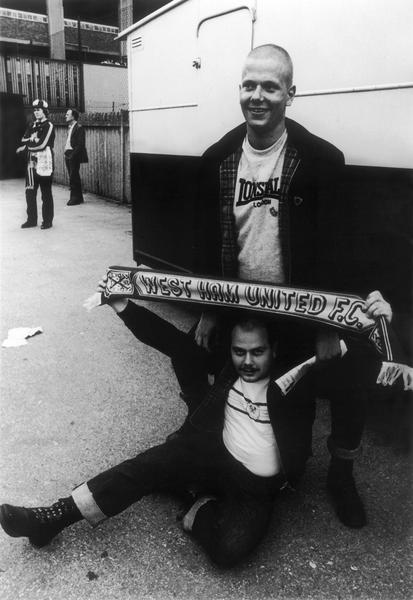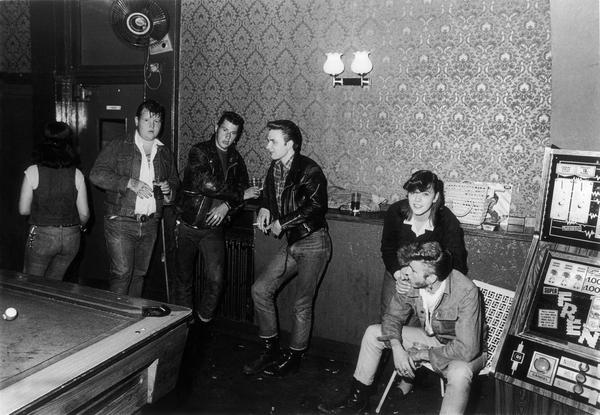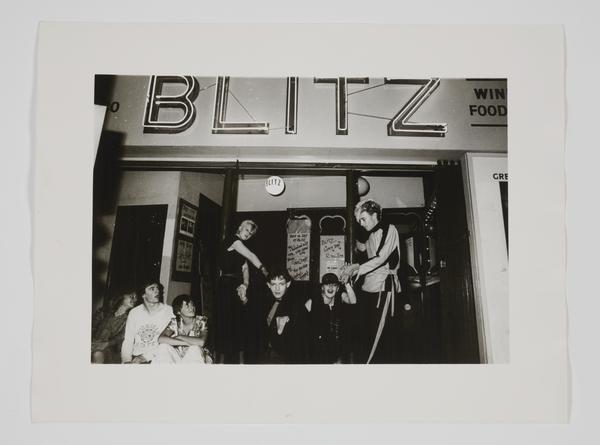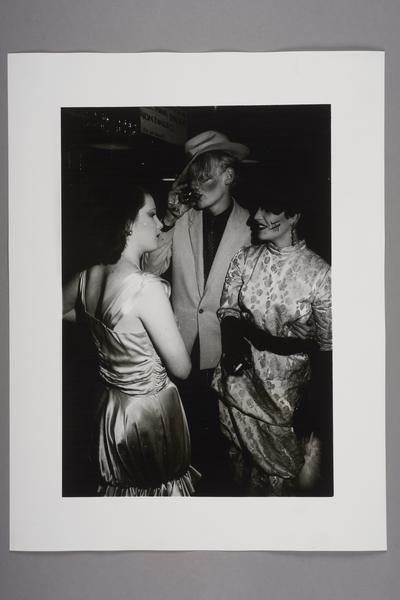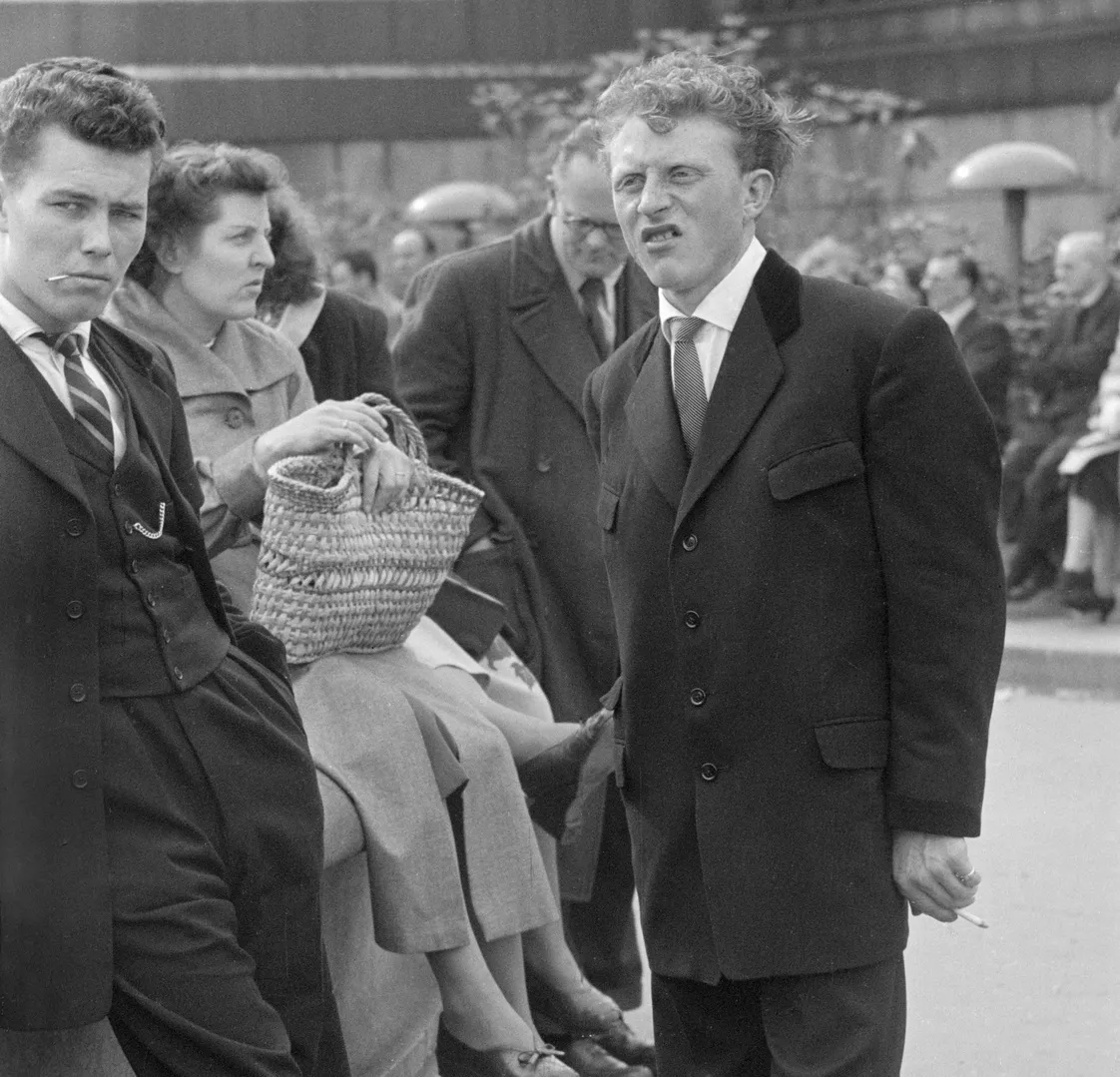London scenes & subcultures by Dick Scott-Stewart
In the late 1970s and early 1980s, this photographer turned his camera away from the mainstream. Spanning wrestlers, punks, new romantics, strippers and drag acts, Dick Scott-Stewart's work explores how Londoners found a sense of belonging within the city's many vibrant subcultures.
1948–2002
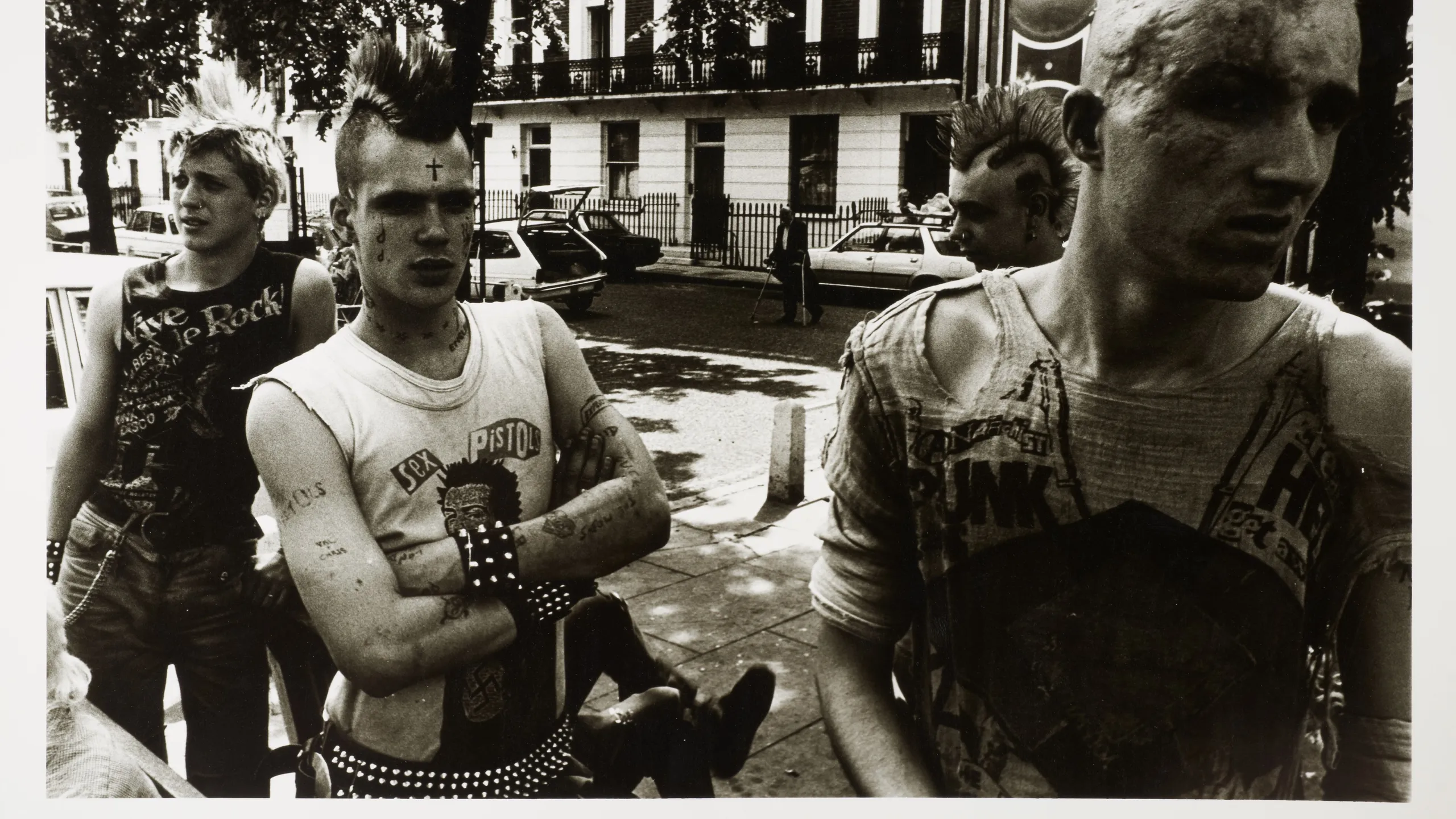
Capturing youth subcultures
Scott-Stewart was fascinated with the feeling of belonging and being part of a scene in your formative years. So he turned his camera to youth culture. Punks, skinheads, bikers and New Romantics all feature in his photographs of London.
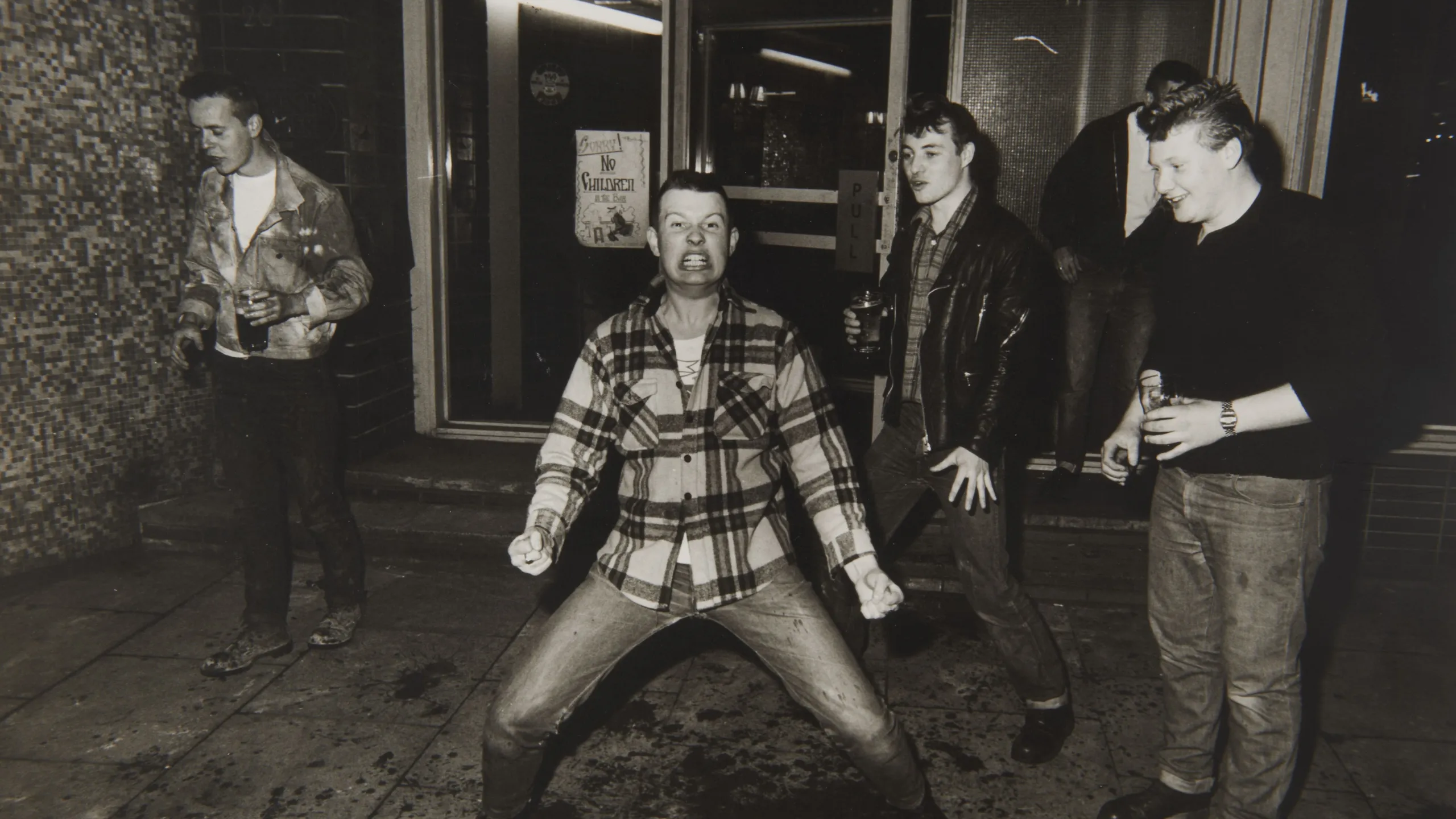
Rockabillies in south London
He’d met some rockabillies in Southwark and got to know how they socialised and where they hung out. These boys’ checked shirts, boots, jeans and hair all conform to the revival rockabilly look at the time.
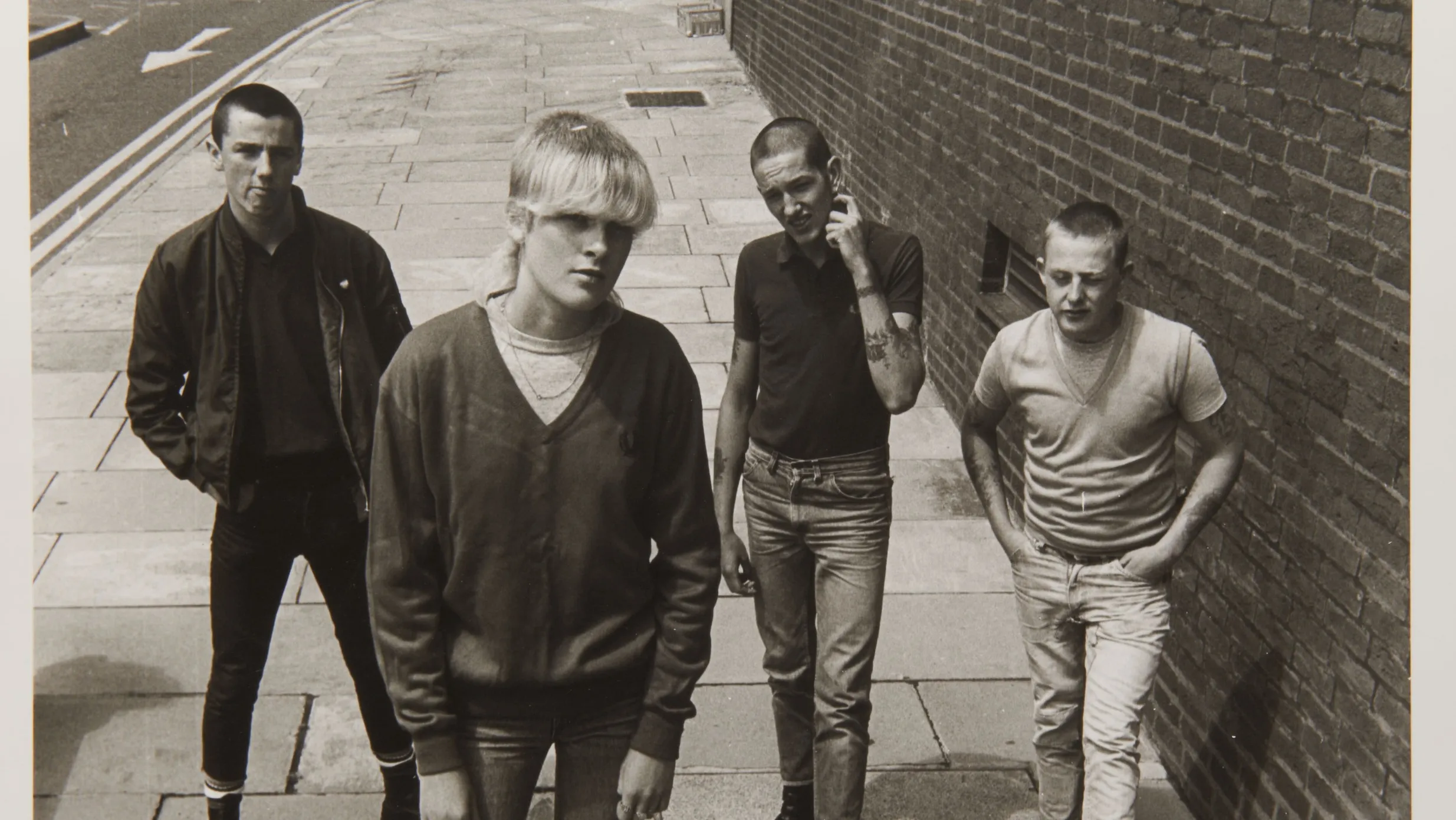
A people person
Scott-Stewart liked interacting with people. In an interview for SLR Magazine in April 1983, he said: “I'm a 6ft 2 voyeur. I love looking at things. Photography is just an excuse to meet interesting people. It is a passport to situations that I like to be involved in.”

People on the periphery
His engagement with – and empathy for – his subjects really comes through in his photos. Scott-Stewart was drawn to those who lived on the periphery. And his images of youth subculture reflect how individuals congregate, survive in their groups and strive to move against the tide of the mainstream.
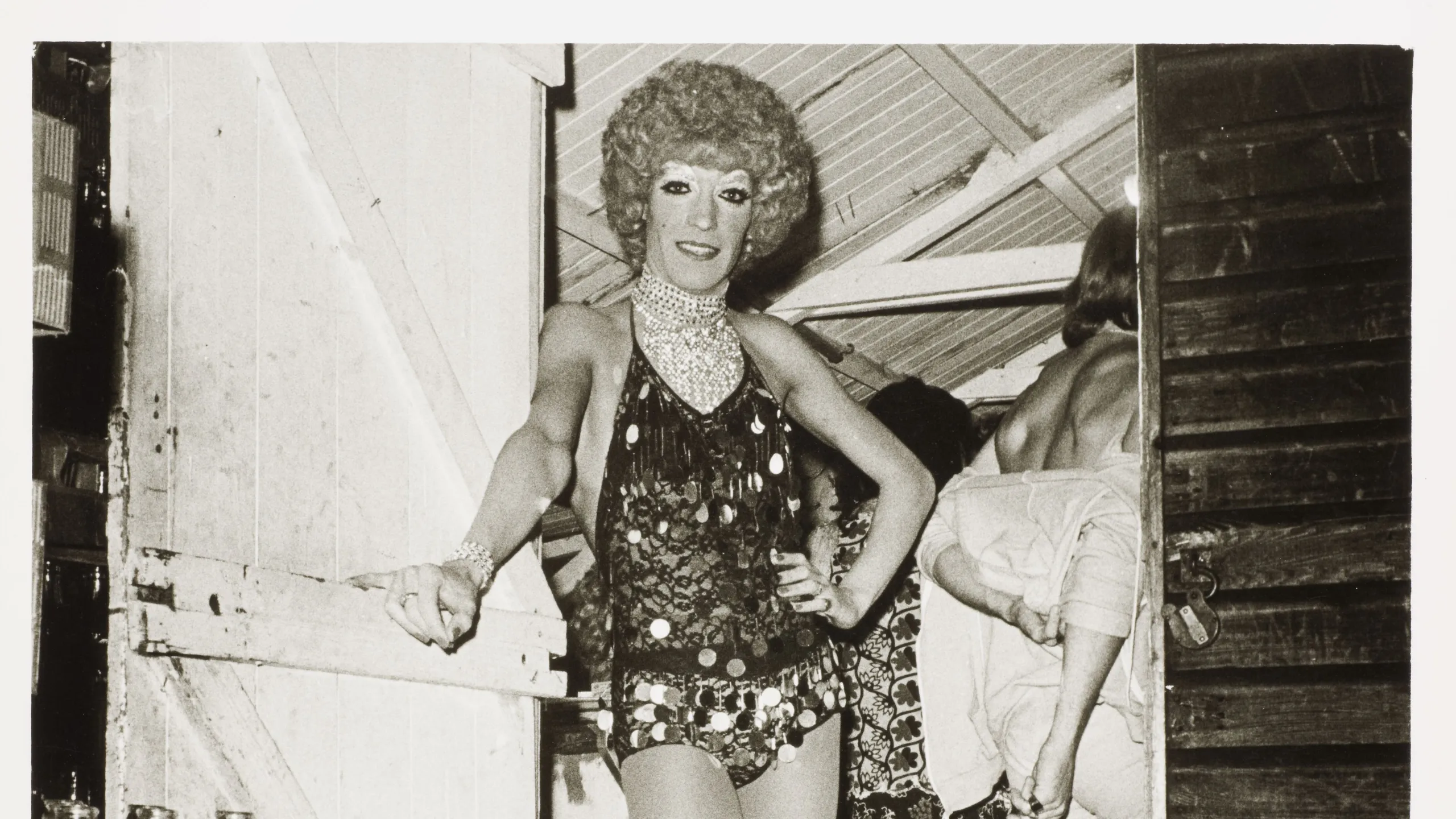
Posed for the camera
The people in Scott-Stewart’s photos are often conscious of his presence. Here, the subject has a relaxed pose. It also looks like they’re backstage at a bar or a pub, implying they’re at ease with the photographer. It reflects Scott-Stewart’s personable and sociable nature.
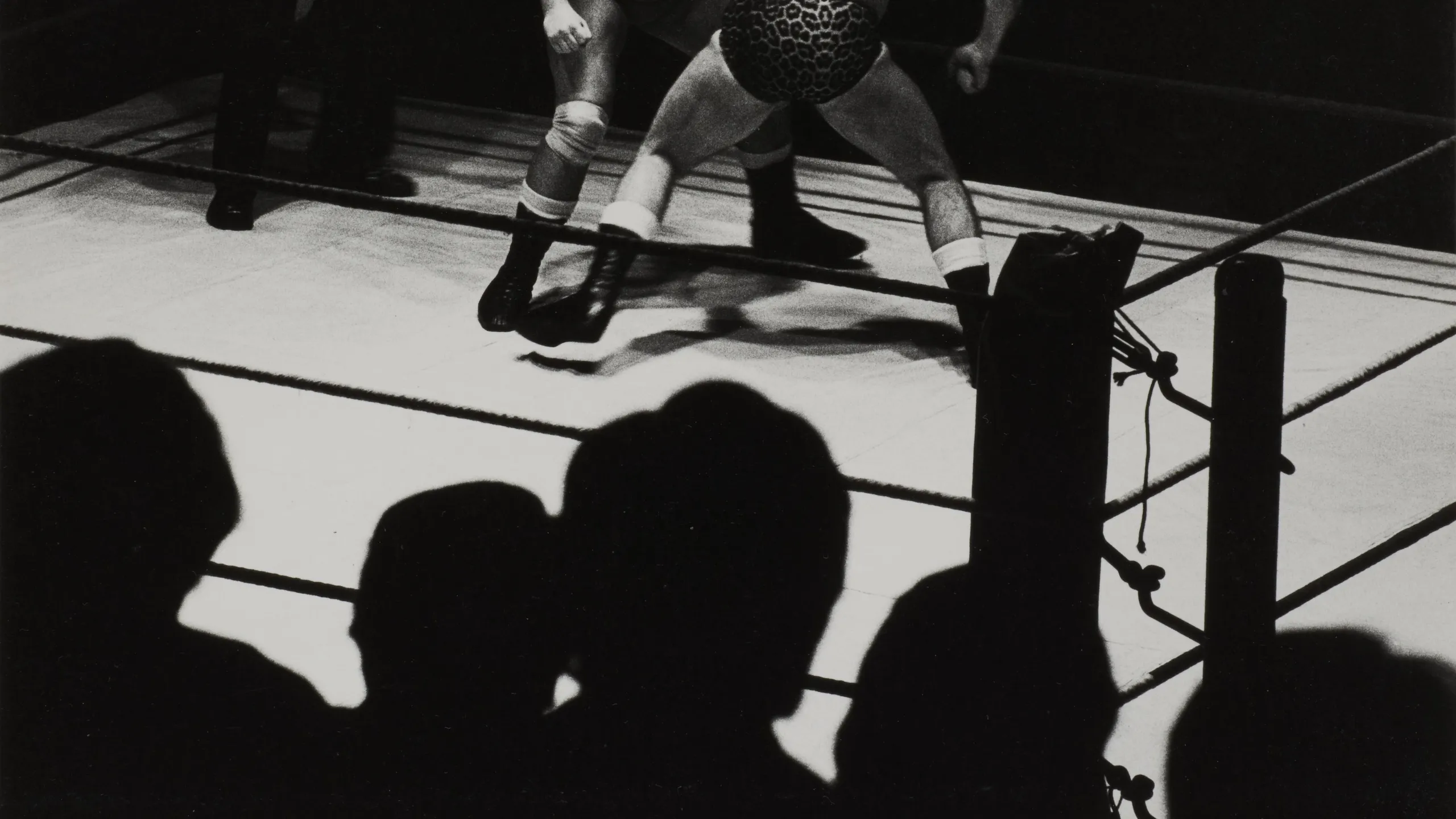
At the wrestling
Like others of his generation, Scott-Stewart enjoyed watching wrestling and he’d regularly watch shows at Battersea Town Hall. He’d photograph the wrestlers onstage and posed in their theatrical costumes. The entertaining pantomime that the sport offered appealed to his humour and photographer's eye.
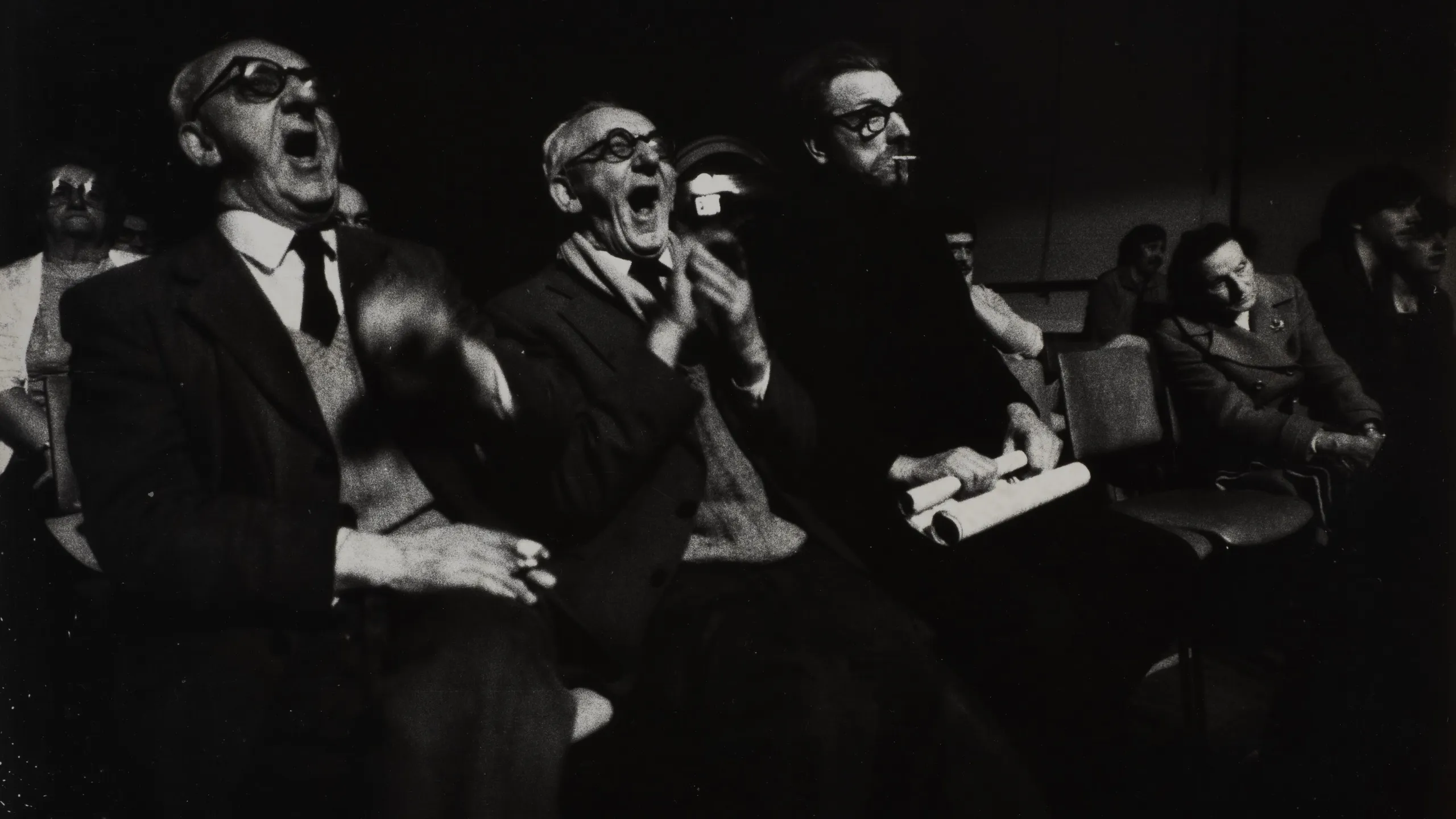
The crowd go wild
He also turned the camera to wrestling fans and the attentive audience. These warm photos transport you to the drama of the event. There’s a definite sense of escapism here – and a recognition of the strength of collective belonging.

A decades-long career
Scott-Stewart was a photographer for over 30 years. But his work remains relatively unknown. Sadly, he died in 2002, aged only 54. Those who knew him are quick to comment on his humorous and modest nature.
Writing/researching credit: Anna Sparham


